
What Is Acupuncture?
1/22
Acupuncture is an age-old healing practice of traditional Chinese medicine in which thin needles are placed at specific points in the body. It’s primarily used to relieve pain but also has been used to treat other conditions. More than 3 million Americans use acupuncture, but it is even more popular in other countries. In France, for example, one in five people has tried acupuncture.

How Acupuncture Works
2/22
Acupuncture seeks to release the flow of the body’s vital energy or “chi” by stimulating points along 14 energy pathways. Some scientists believe that the needles cause the body to release endorphins — natural painkillers — and may boost blood flow and change brain activity. Skeptics say acupuncture works only because people believe it will, an effect called the placebo effect.

Does Acupuncture Hurt?
3/22
Acupuncture needles are very thin, and most people feel no pain or very little pain when they are inserted. They often say they feel energized or relaxed after the treatment. However, the needles can cause temporary soreness.
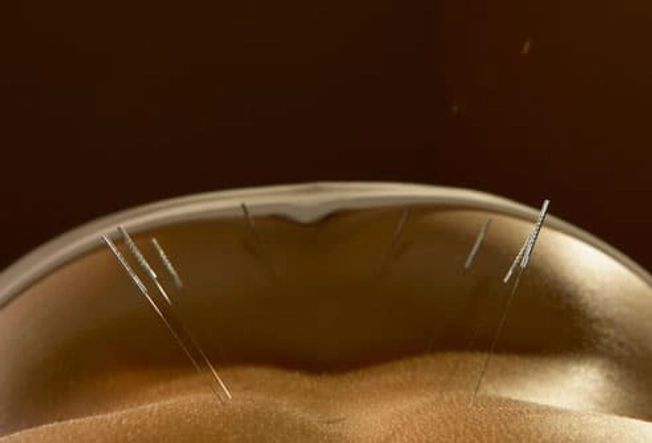
Acupoint: Low-Back Pain
4/22
If standard treatments don’t relieve your chronic low-back pain, acupuncture may do the job, and two respected medical groups suggest that people in this situation give it a try. One large study found that both actual and “fake” acupuncture worked better than conventional treatments for back pain that had lasted more than three months. The jury’s still out on acupuncture for short-term (acute) pain in the low back.
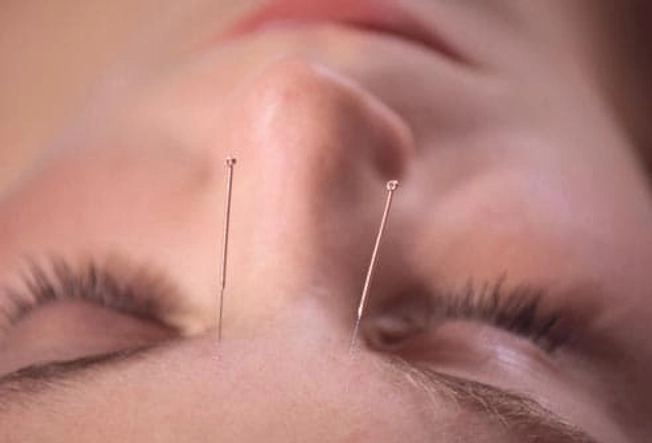
Acupoint: Headaches
5/22
Acupuncture may help relieve migraines or tension headaches. Two large studies found that people receiving acupuncture had fewer days with tension headaches than those receiving conventional care.
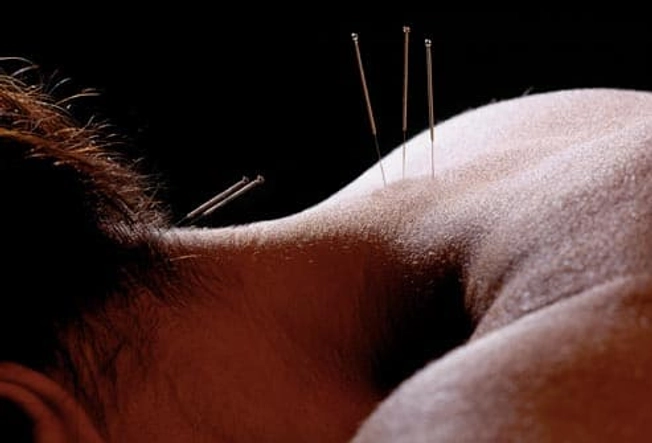
Acupoint: Fibromyalgia
6/22
Studies that test how well acupuncture works against the pain of fibromyalgia have had mixed results. Some showed that it provided temporary pain relief, but others did not. A small study by the Mayo Clinic suggested that acupuncture may reduce two other problems of fibromyalgia: fatigue and anxiety. But overall, there’s not enough evidence yet to prove that acupuncture works for fibromyalgia.
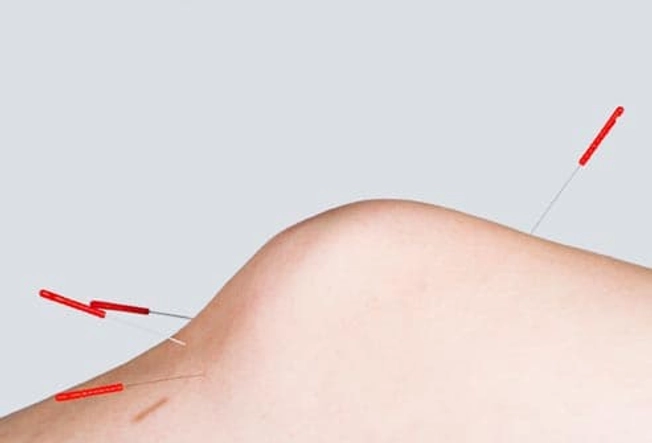
Acupoint: Arthritis Pain
7/22
Acupuncture can be a helpful addition to conventional treatment for osteoarthritis, says the National Institute of Arthritis and Musculoskeletal and Skin Diseases. And some of the most promising, early research has shown acupuncture eased arthritis pain in the knee. However, more research is needed to prove without a doubt that it’s effective for osteoarthritis.
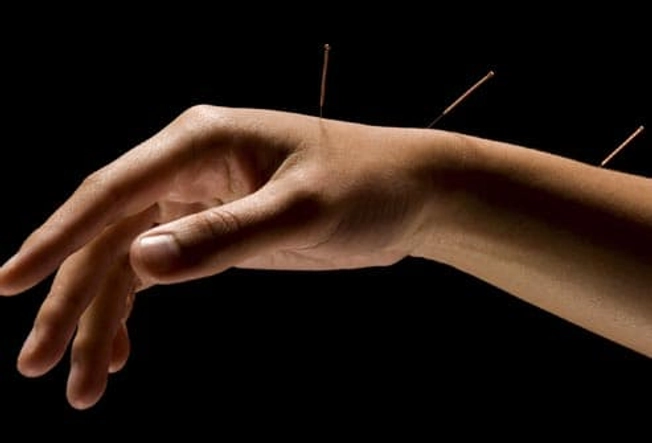
Acupoint: Carpal Tunnel Syndrome
8/22
Acupuncture was tested and compared with steroid pills for the hand and arm pain of carpal tunnel syndrome. Researchers in Taiwan gave one group eight acupuncture treatments, over about a month, and those patients reported more relief, for a longer time, than the group taking medicine. While studies like this have been promising, more evidence is still needed to confirm that acupuncture is effective for carpal tunnel syndrome.
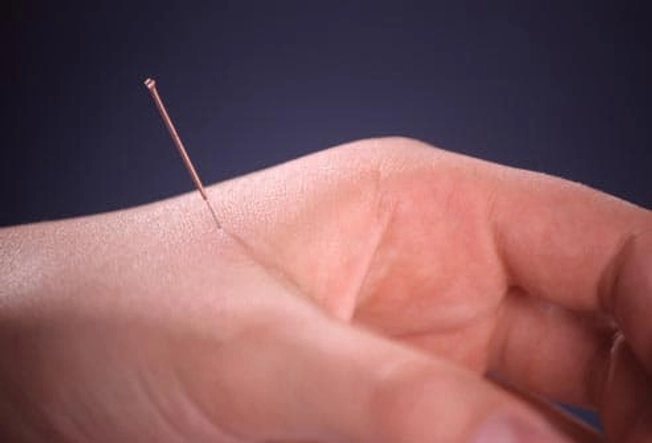
Acupoint: Dental Pain
9/22
Acupuncture provides relief from the pain of tooth extraction or dental surgery, but so does fake acupuncture, some studies show. Still, dental pain is considered by many to be one of the conditions that responds to acupuncture.
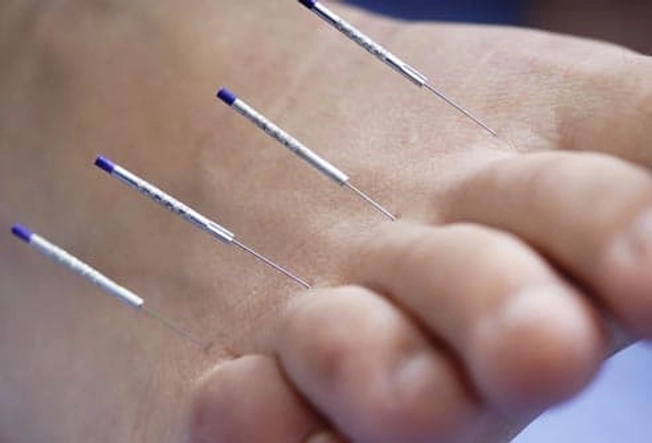
Acupoint: Other Pain
10/22
People have tried acupuncture for neck pain, muscle pain, tennis elbow, and menstrual cramps, hoping to avoid medications and their side effects. The World Health Organization lists 28 different conditions that are sometimes treated with acupuncture. In the U.S., a review by the National Institutes of Health called for robust research to verify the promise that acupuncture holds for many different conditions.

A Boost for Pain Medicine
11/22
Acupuncture may provide added pain relief when it’s used along with pain medicine or another therapy, such as massage. Acupuncture may reduce the need for drugs and improve the quality of life of some people with chronic pain.
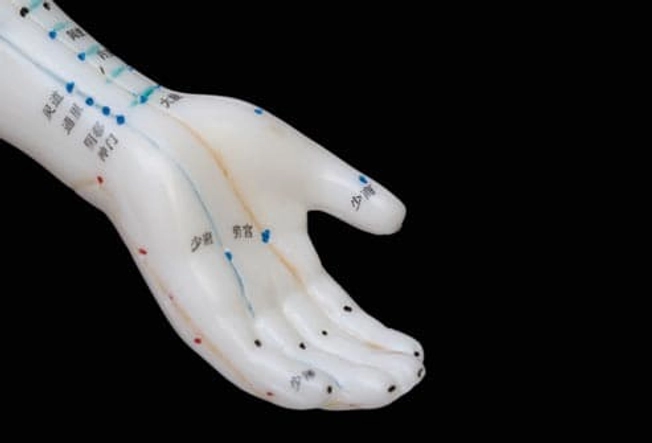
Acupoint: Nausea
12/22
Acupuncture at the pericardium (P6) acupuncture point on the wrist can reduce the symptoms of nausea and vomiting, even after cancer drug treatments or surgery. Studies compared 10 different acupuncture methods — including needles, electrical stimulation, and acupressure — to drugs that block nausea or vomiting and found the acupuncture treatments worked.

Acupuncture and Cancer Care
13/22
Because acupuncture can lessen pain, nausea, and vomiting, it is sometimes used to help people cope with symptoms of cancer or chemotherapy. It also can help manage hot flashes associated with breast cancer. Be sure to talk to your doctor first and seek a practitioner who has experience working with cancer patients.
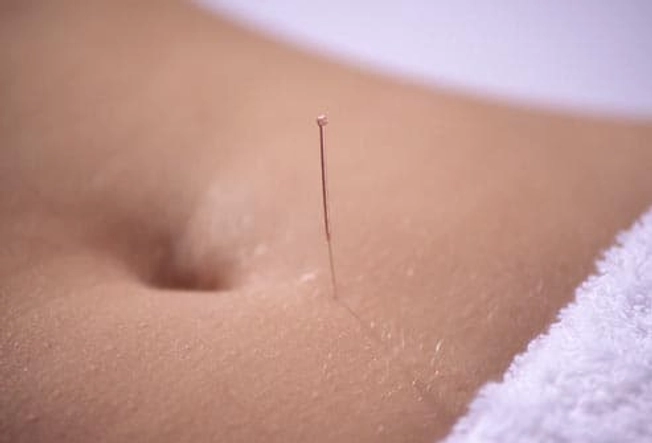
Acupuncture and Fertility
14/22
Celebrities such as singers Celine Dion and Mariah Carey credited acupuncture — used along with infertility treatments — with helping them get pregnant. A review of medical studies backs up this view, suggesting that acupuncture may boost the effectiveness of fertility treatments. One theory holds that acupuncture helps by reducing stress and increasing blood flow to the ovaries.
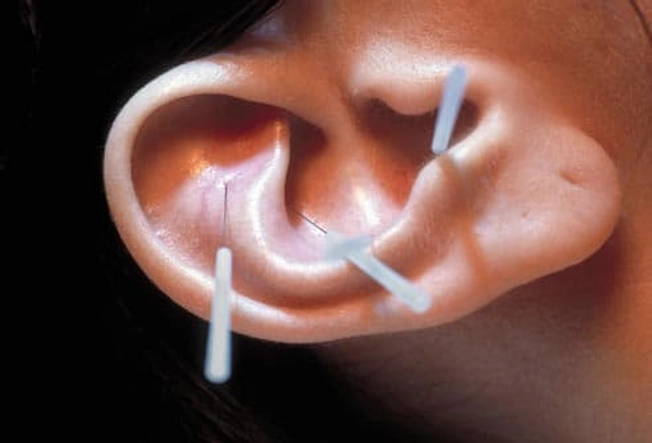
Acupuncture to Quit Smoking?
15/22
Acupuncture has been used for a variety of other conditions, including smoking cessation, insomnia, fatigue, depression, and allergies. The evidence is mixed at best for some uses of acupuncture. For example, acupuncture needles placed in the outer ear to help people stop smoking do not work, studies found.
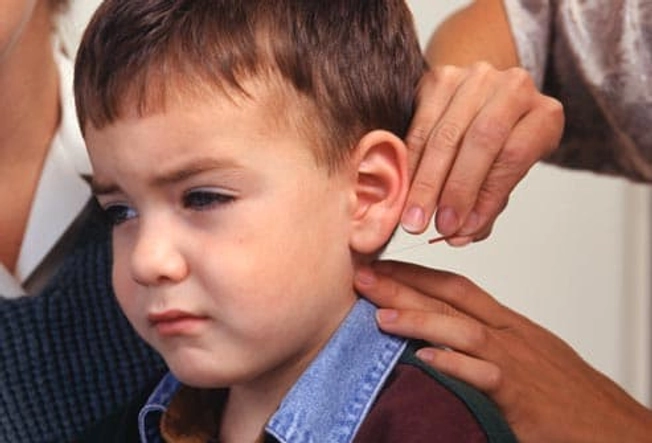
Acupuncture and Children
16/22
Acupuncture is generally considered to be safe for children, as long as you are using a licensed practitioner who follows recommended standards of practice. It is primarily used to control pain or nausea and vomiting after surgery or cancer drug treatment. Scientific evidence does not support the use of acupuncture to treat attention deficit hyperactivity disorder.

When to Consider Acupuncture
17/22
Because acupuncture rarely causes more than mild side effects, it is a potential alternative to pain medications or steroid treatments. It is also considered a “complementary” medicine that can be used along with other treatments. It is best to discuss the use of acupuncture with your health care provider.
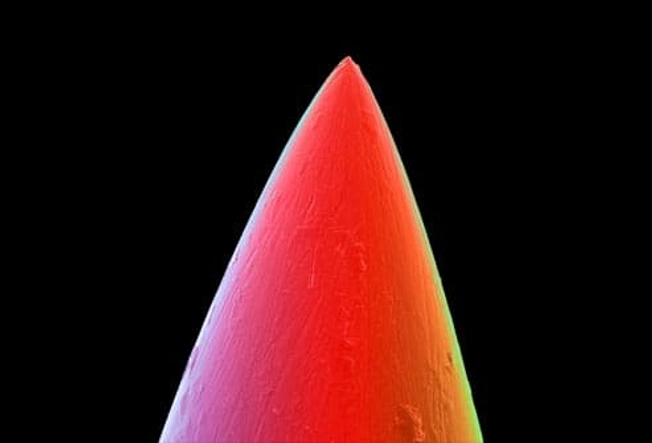
Acupuncture Risks
18/22
Although acupuncture is generally safe and serious problems are rare, there are some risks. Needles that are not sterile can cause infection. Make sure that your practitioner uses sterile needles that are thrown away after one use. In some acupuncture points, needles inserted too deeply can puncture the lungs or gallbladder or cause problems with your blood vessels. That is why it is important to use a practitioner who is well-trained in acupuncture.

Who Shouldn’t Use Acupuncture
19/22
People with bleeding disorders or who take blood thinners may have increased risk of bleeding. Electrical stimulation of the needles can cause problems for people with pacemakers or other electrical devices. Pregnant women should talk with their health care provider before having acupuncture. It’s important not to skip conventional medical care or rely on acupuncture alone to treat diseases or severe pain.
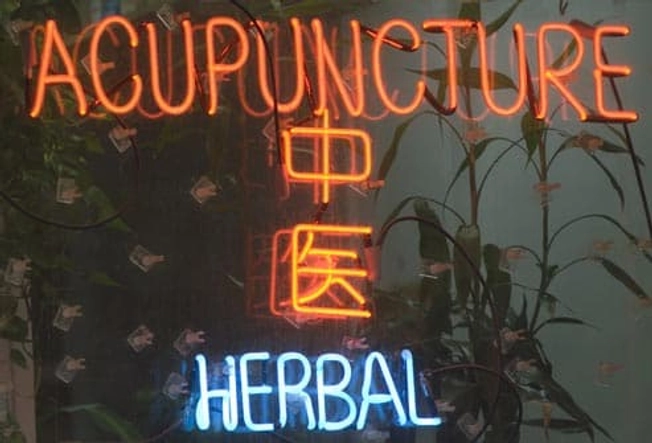
Choosing a Practitioner
20/22
It is important to receive treatment from someone who has met standards for education and training in acupuncture. States vary in their licensing requirements. There are national organizations that maintain standards, such as the American Academy of Medical Acupuncture (a physician group) or the National Certification Commission for Acupuncture and Oriental Medicine (NCCAOM).
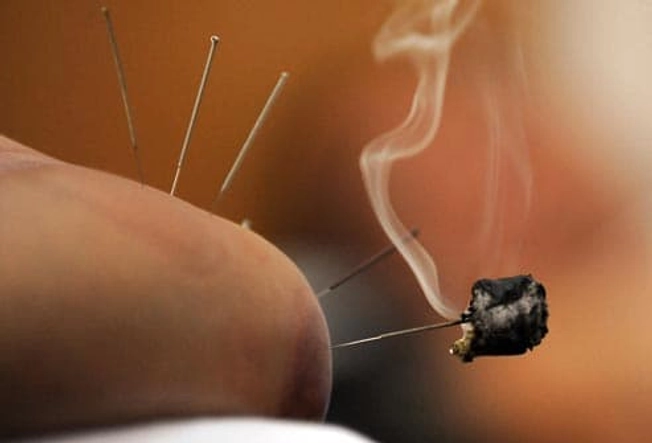
Acupuncture Variations
21/22
Several other therapies use a different way of stimulating the acupuncture points. Moxibustion involves the burning of moxa, a bundle of dried mugwort and wormwood leaves, which can then be used to heat the acupuncture needles or warm the skin. Electroacupuncture adds electrical stimulation to the needles. Another recent variation uses laser needles that are placed on (but not in) the skin.
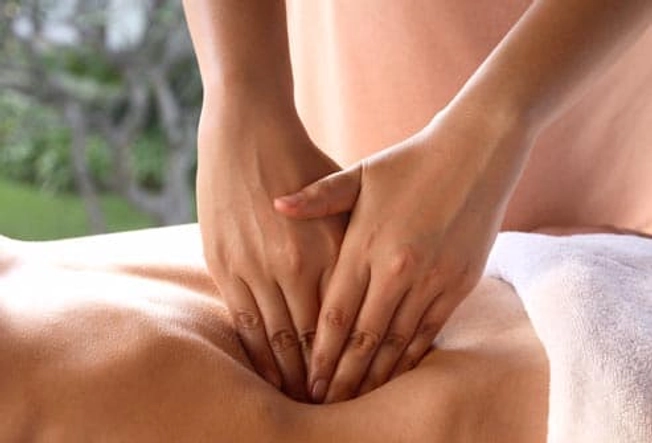
Acupressure vs. Acupuncture
22/22
If you are afraid of needles, you may be able to get much of the same effect from acupressure. Acupressure involves pressing or massaging the acupuncture points to stimulate energy pathways. Scientific comparisons of acupressure and acupuncture are limited, but acupressure has been shown to be effective in reducing nausea and lessening labor pain.



